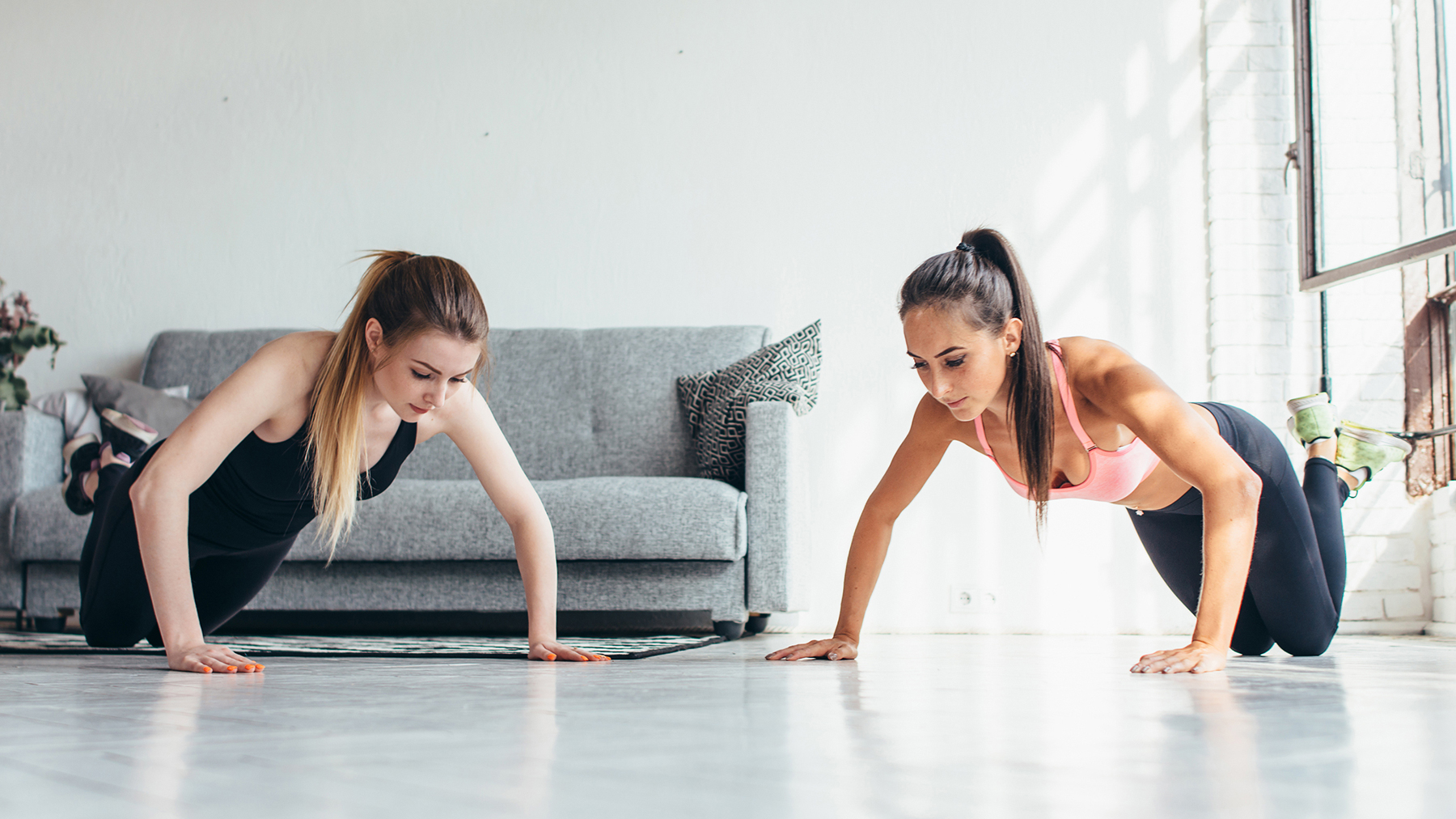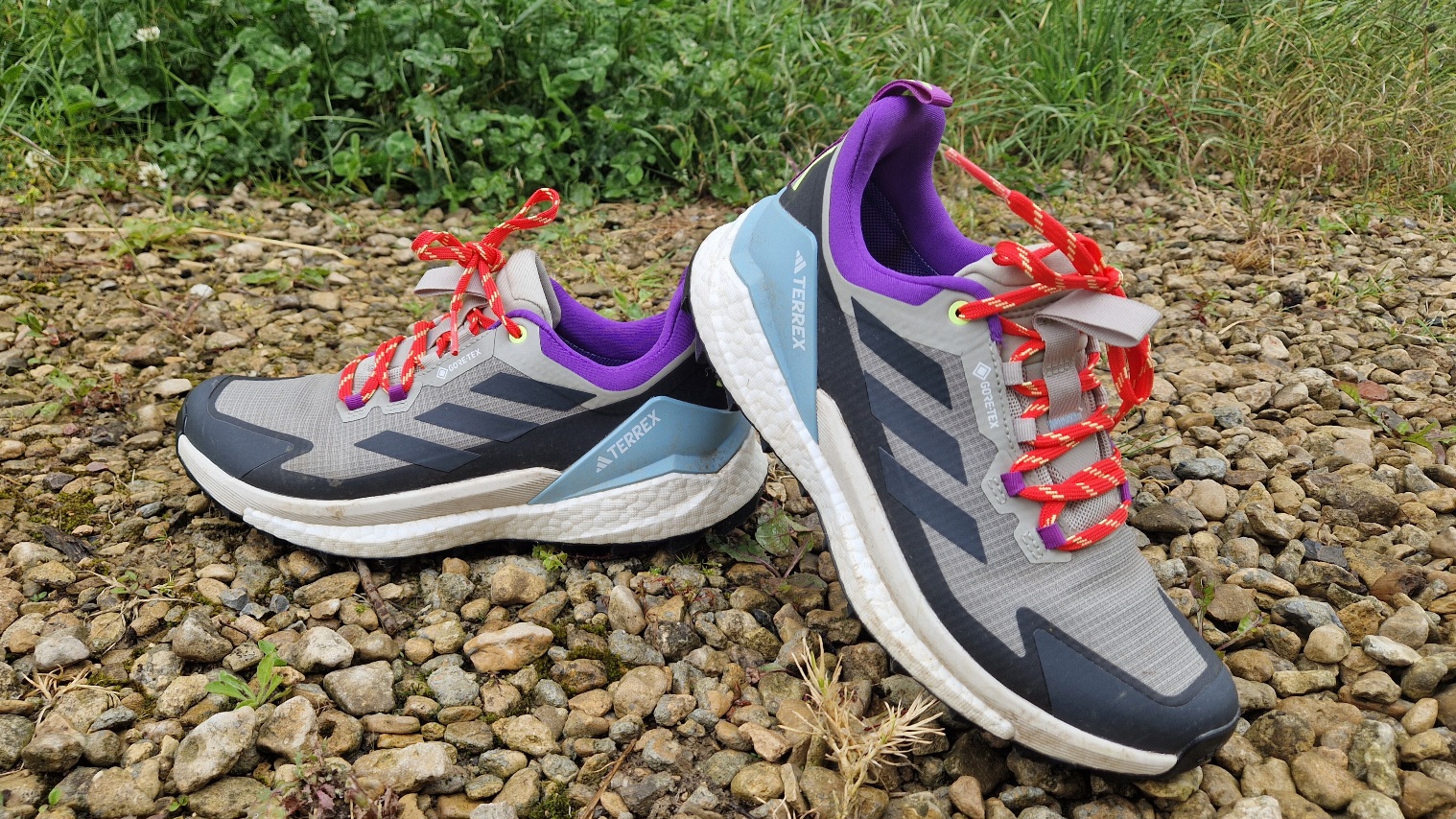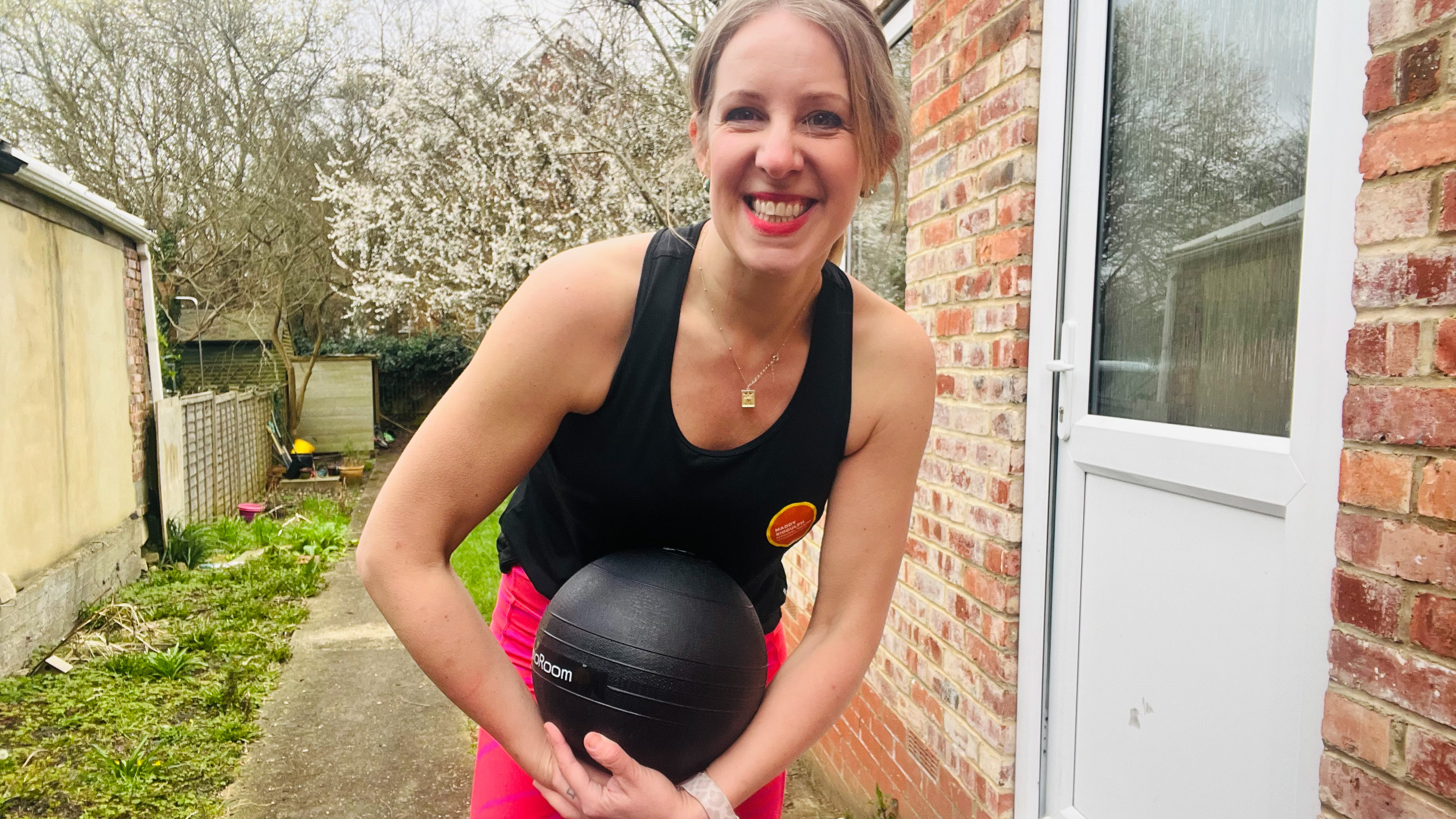You don’t need weights to strengthen your upper body — just use these seven bodyweight moves
Tone and strengthen your arms, shoulders, chest, and back without using any equipment


You have been misled if you've been told the only way to improve your upper body strength is by lifting weights. You might not see continuous muscle growth without some form of heavier resistance but you can certainly strengthen and add definition to your upper body muscles with just your body weight. This seven-move no-equipment routine is a great place to start.
Of course, you can use small portable equipment like some of the best resistance bands to target your upper body muscles with but for this routine you just need to turn up and be ready to work through some solid bodyweight exercises for seven minutes.
Maddie Lymburner, also known as MadFit, is the workout instructor for this video. She will lead you through the full routine and provide visual and audio cues on how to perform each exercise with good form. Some of the moves mimic traditional weight-lifting exercises but Lymburner will guide you through how to make sure you still engage your upper body muscles and get similar results.
For example, the first exercise mimics a dumbbell tricep kickback but is instead a tricep extension using your body weight. Lymburner notes, "Make sure, as you extend the arm you're squeezing those triceps and those elbows should not move, you're just moving the lower half of your arm. Think about squeezing your back here as well, keeping your chest open, your back should be nice and flat."
You will work for 30 seconds on each exercise and there are no breaks in this short seven-minute workout. However, if you do need to give your arms a break you should feel free to factor in short rests of around 15 to 25 seconds long.
Watch MadFit's Seven Minute No-Equipment Upper-Body Workout
Research published in the International Journal of Exercise Science reveals that you can achieve modest improvements in strength and muscle gains through bodyweight training, albeit this happens most efficiently when you move on to more challenging workouts to reap the benefits of progressive overload. Thankfully, this works with bodyweight training as you can increase the number of reps from what you would usually train with, or increase the time spent under tension for each exercise.
This is a great routine to take on if you fancy progressing on to work out with some weight in your strength-building sessions. Training only with your body weight allows you to focus on how your body is moving and working together to complete an exercise, meanwhile, equipment-based moves can have you focusing more on how you are using the specific piece of equipment.
So when you do come to add weight to your exercise, such as one of the best kettlebells, you will have a better awareness of things like posture and form when learning weight-based moves such as how to do kettlebell swings.
Get the Fit&Well Newsletter
Start your week with achievable workout ideas, health tips and wellbeing advice in your inbox.
Jessica is an experienced fitness writer with a passion for running. Her career in journalism began in local news and she holds a Masters in journalism. Jessica has previously written for Runners World, penning news and features on fitness, sportswear and nutrition.
When she isn't writing up news and features for Fit&Well covering topics ranging from muscle building, to yoga, to female health and so on, she will be outdoors somewhere, testing out the latest fitness equipment and accessories to help others find top products for their own fitness journeys. Her testing pairs up nicely with her love for running. She recently branched out to running 10Ks and is trying to improve her time before moving on to larger races. Jessica also enjoys building on her strength in the gym and is a believer in health and wellness beginning in the kitchen. She shares all of this on her running Instagram account @jessrunshere which she uses for accountability and for connecting with like-minded fitness lovers.
-
 This might be your last chance to get my favourite waterproof walking shoe, and it's 25% off
This might be your last chance to get my favourite waterproof walking shoe, and it's 25% offDeal These Adidas Gore-Tex shoes are the most watertight I've tested
By Lou Mudge
-
 I tried wall balls for 30 days and the results surprised me
I tried wall balls for 30 days and the results surprised meTry this fitness challenge to boost total body strength
By Maddy Biddulph